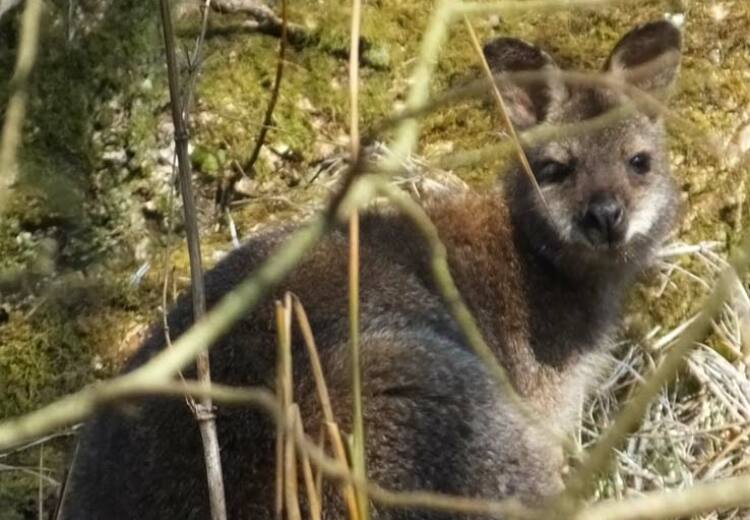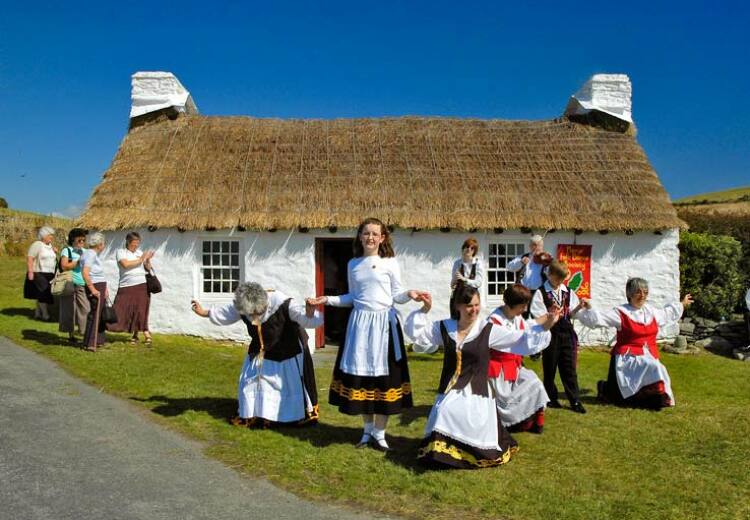The results of the RSPB’s annual Big Garden Birdwatch survey have been released today (31 March) and reveal some interesting information about our local feathered friends.
Almost 500 people on the Isle of Man took part in the world’s biggest wildlife survey earlier this year, including children from three local schools.
House sparrows swooped into the top spot locally after being seen in around 75 per cent of gardens and green spaces.
Noisy and gregarious, these cheerful exploiters of man's rubbish and wastefulness have managed to colonise most of the world.
However, the species is now red-listed (of the highest conservation concern) in the UK.
Research is ongoing to try and determine the cause of these declines, but it’s thought it could be linked to changes in agricultural practices, particularly the loss of winter food.
Starlings came a close second in Manx birdwatches. Smaller than blackbirds, with a short tail, pointed head and triangular wings, starlings look black at a distance. However when seen more closely, they are gorgeously glossy with sheens of purples and greens.
While they are still one of the most common garden birds, their numbers have also declined significantly in recent years. The cause of this decline remains uncertain but it’s thought a reduction in their preferred food sources - invertebrates like earthworms and leatherjackets – may play a part.
Chaffinches came in third in the local poll. With their lovely colours and varied calls, it’s no wonder a group of these birds is often known as a ‘charm’.
At the other end of the scale, some of the more unusual species reported to the RSPB NI included great spotted woodpeckers and treecreepers!
Amy Colvin from the RSPB commented: “We’re so delighted to see so many people, particularly children, take part in this year’s Birdwatch.
“It’s always really interesting to see which species are faring well and which may need a bit more of a helping hand.”
She added: “It’s clear that our gardens, local green spaces and playgrounds are vital places for birds to feed and breed. Taking small steps to give nature a home in your patch, like putting up a feeder or nest box, can make all the difference. For tips and advice visit www.rspb.org.uk/homes."
- Ends -
Image: Starling by Ray Kennedy








